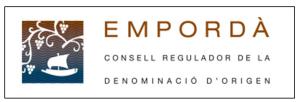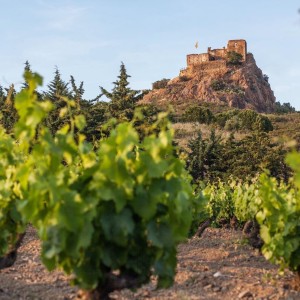Empordà—a Spanish wine region (denominación de origen/DO)—is located in the northern reaches of Catalonia, just to the south of the Banyuls AOC in France’s Roussillon region. Viticulture and wine production in the area surrounding modern-day Empordà can be traced back to Greek settlements in the area (circa 600 BCE), and is known to have flourished throughout the Middle Ages.
Viticulture and winemaking in the area took quite a blow from phylloxera, in the late 1800s, but by the middle of the 20th century vineyards had been re-planted and wine from Empordà was flowing once again. The area first received DO status in 1975, when it was known as Empordà–Costa Brava, in order to take advantage of the area’s reputation as a beautiful beach-side destination and food-and-wine hotspot. While the area’s reputation remains intact, the name of the wine region was changed to simply Empordà DO in 2006.
The Empordà DO is approved for a long list of grape varieties and an equally impressive list of allowed wine styles. These include still (non-sparkling) wines in red (tinto), white (blanco) and rosé (rosado), as well as sparkling wines (vino espumoso), fizzy/slightly sparkling wines (vino de aguja) and fortified wines (vino de licor). Specialties of the region include Garnatxa del Empordà, a sweet, fortified wine made from sun-dried Garnacha grapes, and Moscatell del Empordà, produced using Moscatel de Alejandría and/or Moscatel de Grano Menudo (Muscat of Alexandria and/or Muscat Blanc à Petits Grains).
The white wines of Empordà are in the news this week. Just yesterday (March 3, 2020) it was announced that an amendment to the region’s pliego de condiciones had been approved and published in the Boletín Oficial del Estado de Espana (Official Bulletin of Spain). This proposal had been in the works for several years; and allows for the use of the Cariñena Blanca (Carignan Blanc) grape variety to be used in the wines of the region. The Empordà DO is the first to allow the use of Cariñena Blanca in its wines.
Cariñena Blanca is a white-skinned mutation of Carignan Noir (also known as Cariñena, Samsó, or Mazuelo). By all accounts, it has been grown and used in the white blends of the region for generations —the region even boasts some 100-year-old Cariñena Blanca vines—despite the fact that it was never entered into the list of official varieties for Spain. This has all changed now, as the official list of recommended grape varieties for the DO now includes Cariñena Blanca, in addition to Garnatxa Blanca (Grenache Blanc), Macabeu (Macabeo/Viura), and Moscatel d’Alexandria. Other authorized white varieties include Chardonnay, Gewürztraminer, Sauvignon Blanc, and Xarel·lo
There are currently about 55 wine-producing estates and just over 1,825 hectares/4,510 acres planted to vine in the Empordà DO. Perhaps one of the estates will produced a varietal Cariñena Blanca in 2020—it could happen!
References/for more information:
- Pliego de Condiciones Emporda 2020
- https://harpers.co.uk/news/fullstory.php/aid/26698/Emporda_obtains_White_Carignan_recognition.html
- https://www.boe.es/buscar/doc.php?id=BOE-A-2020-2245
- https://elmon.cat/vadevi/actualitat/carinyena-blanca-denominacio-lledoner-garnatxa-ja-son-oficials-do-emporda
Post authored by Jane A. Nickles…your blog administrator: jnickles@societyofwineeducators.org

